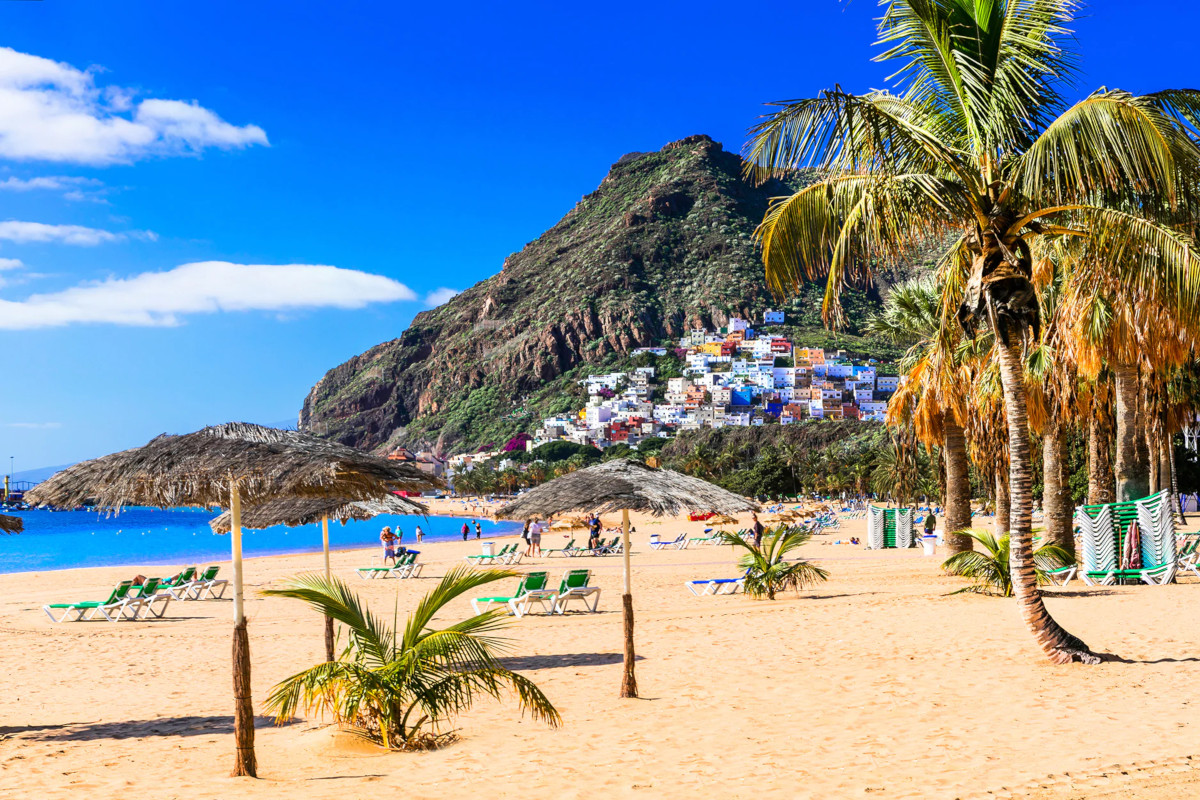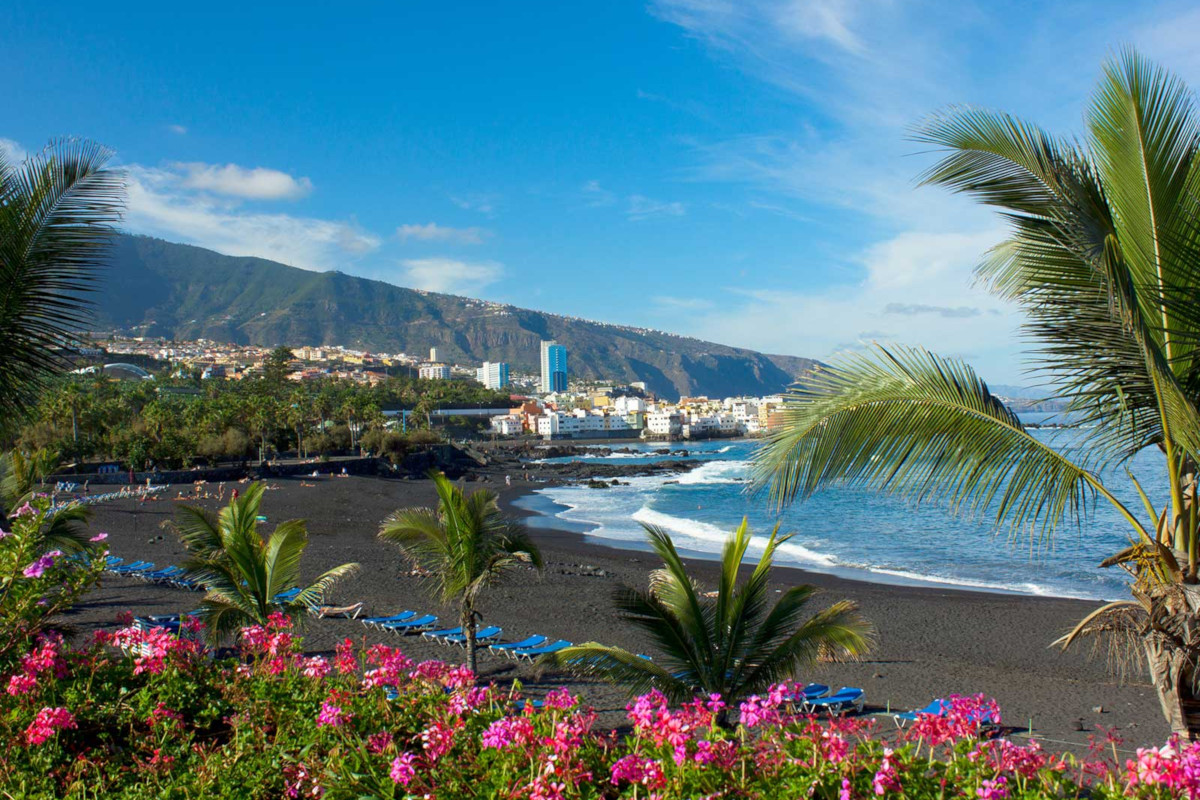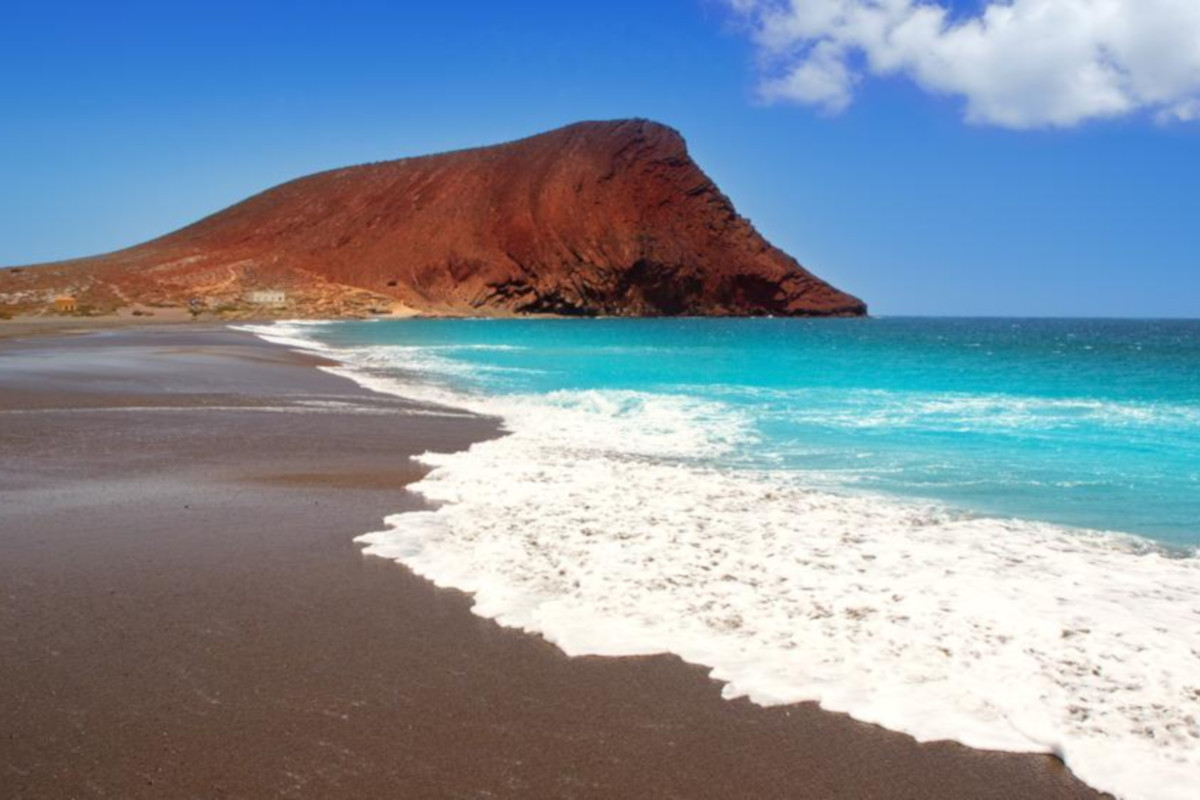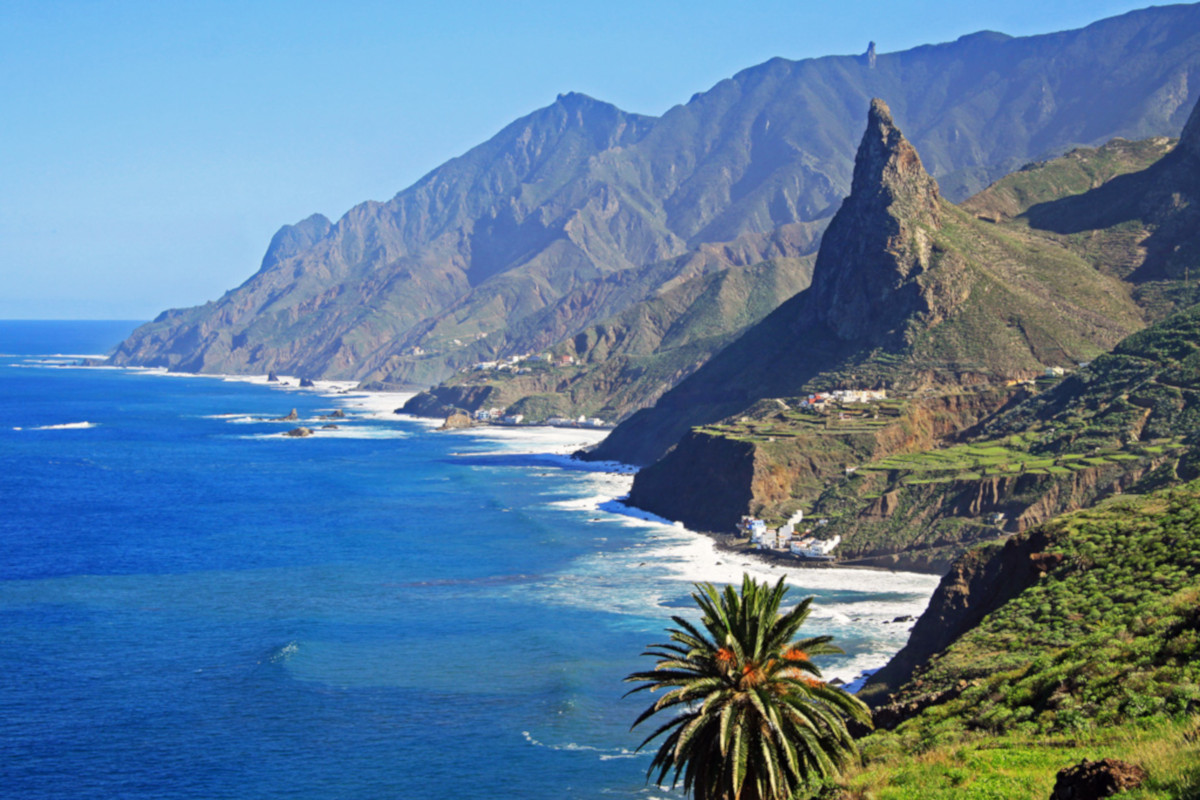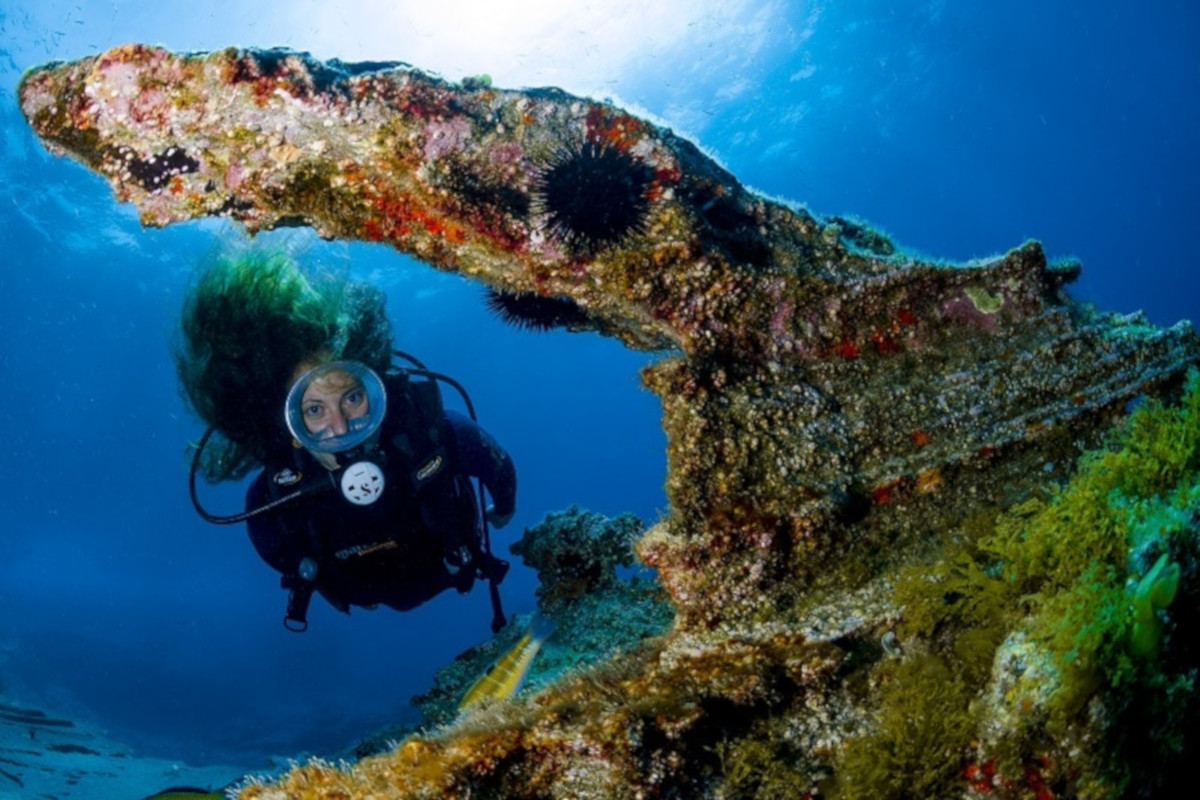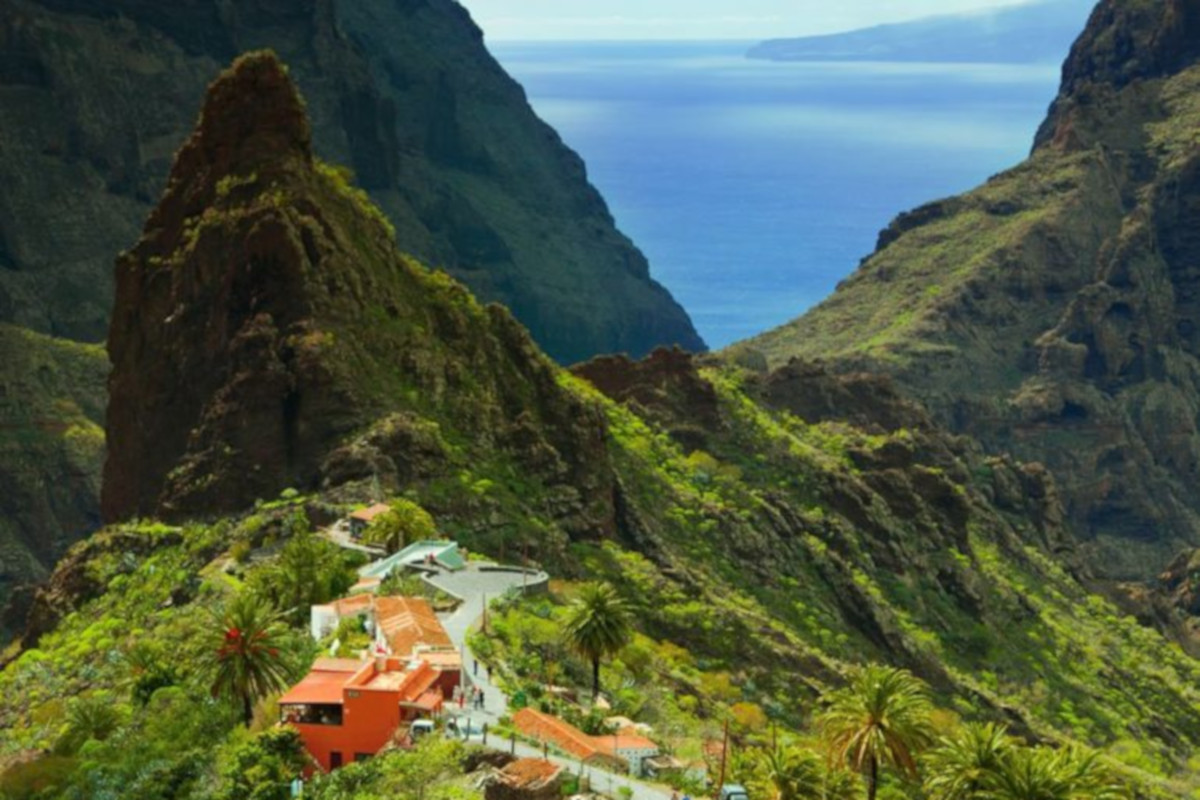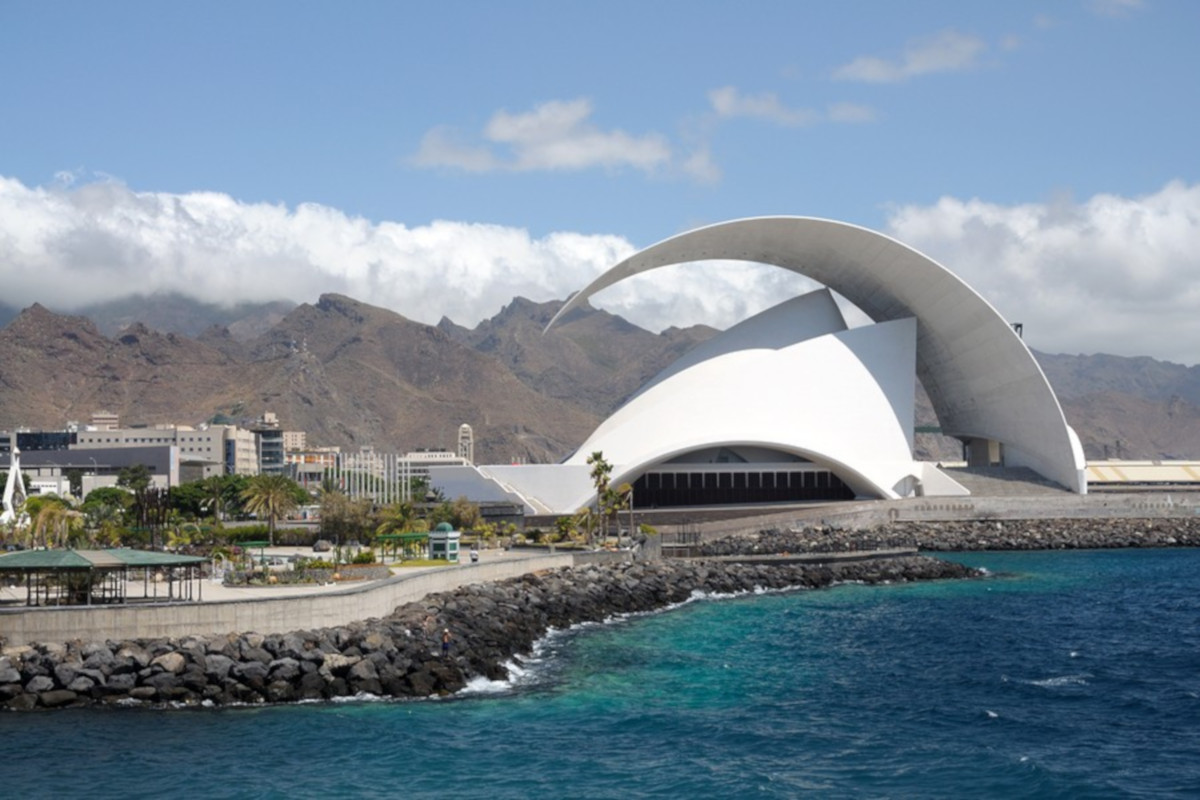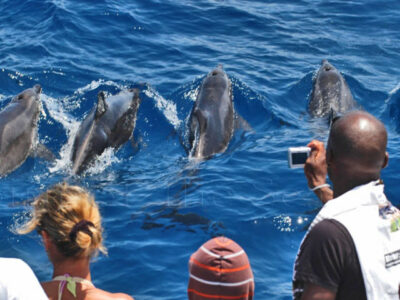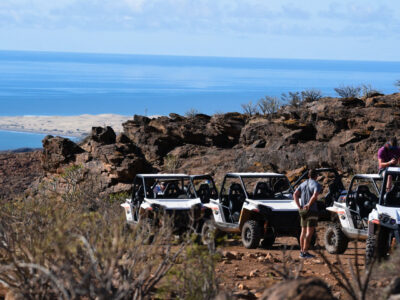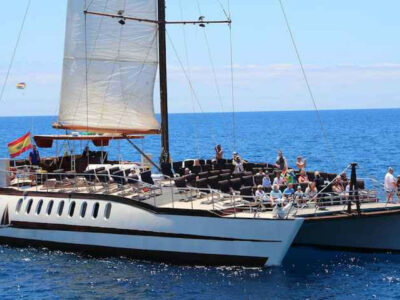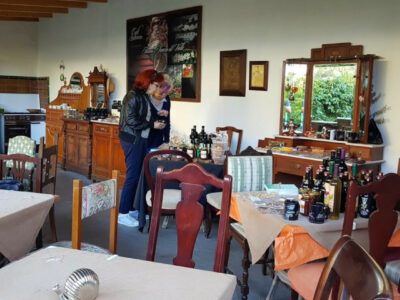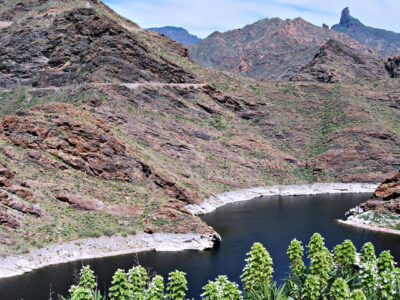Tenerife
Tenerife is a Spanish island in the Atlantic Ocean, the largest of the Canary Islands. Like the whole of the archipelago, Tenerife belongs to Europe from a geopolitical point of view, but geographically it is part of the African region. It lies approximately 320 km from the coast of Morocco in the island region of Macaronesia, with an area of 2,034 km2. The island has a population of more than 900,000, making it the most populous island in Spain. The topographical dominant of the island is the highest mountain in Spain, Pico de Teide, with an altitude of 3,718 m. There are two UNESCO World Heritage sites on the island – San Cristóbal de La Laguna and Teide National Park.
Together with the nearby islands of La Palma, La Gomera and El Hierro, it forms the province of Santa Cruz de Tenerife. From a territorial-administrative point of view, the island consists of 31 municipalities. The administrative center is Santa Cruz de Tenerife, which is also the second largest city in the archipelago and the capital of the islands and the seat of government. The second capital is Las Palmas de Gran Canaria, home to some government institutions, parliament and ministers. La Laguna University, founded in 1792, is located on the island.
Trade winds, the Canary Sea current, the proximity of Africa and the relief of the island have a major influence on the local climate. The trade winds, which are the result of the Azores’ anticyclone, flow to the island from the northeast. As well as sea currents washing the coast. This interaction cools the whole region of the Canary Islands and alleviates the local climate that would belong to the islands due to their latitude (the Sahara Desert is located in the same geographical area).
The island can be divided into 2 climatic regions. The northern part of the island is wetter, rainier, with lush vegetation, while the south of the island is dry and hot. In the northern part of the island, which is directly exposed to the flow of wet trade winds, at altitudes between 600 and 1,500 meters above sea level, the wind hits the slopes of the island and forms the so-called “Sea of clouds” (mares de nubes). The effect of trade winds is more pronounced in summer than in winter. During the winter season, the Canary Islands are affected by a low pressure area, which causes greater instability of the local weather and more precipitation. The southern part of the island, which is leeward of trade winds, is more exposed to warm air from Africa. There is a drier and warmer climate.
South of the island
The main center of tourism with a number of resorts and hotel complexes is located in the south of the island. While the north is rather rocky, the coasts in the south form sandy beaches, to which the sand was mostly imported.
The most visited tourist resorts in the south of the island are Costa Adeje, Los Cristianos, Playa de Las Americas, El Médano and Las Galletas. Also significant is the town of Candelaria, which is the main pilgrimage site of the entire archipelago, where the image of the Virgin Mary of Candelare, the patron saint of the Canary Islands, is worshiped. Other popular tourist destinations are the cliffs of Los Gigantes, the pyramids in Güimar, the Siam Park.
North of the island and the interior
The center of the island is mountainous, there are a number of views of the beautiful countryside. To the north are the cities of La Orotava, Puerto de la Cruz, Icod de los Vinos, San Cristóbal de La Laguna (UNESCO World Heritage, the famous Cathedral of Our Lady Help of Christians), the capital of Santa Cruz de Tenerife and more. The city’s main tourist attractions include the Tenerife Auditorium, Plaza de España and Parque García Sanabria. The world-famous Carnival of Santa Cruz de Tenerife, organized annually in February, is one of the largest carnivals in the world. Other attractions of the north are e.g. Playa de Las Teresitas Beach and Loro Parque Zoo with oceanarium.
| Visa requirements | There are no visa requirements for citizens of the European Union. |
|---|---|
| Languages spoken | Spanish |
| Currency used | EUR |
| Country name | Kingdom of Spain / Spain |

